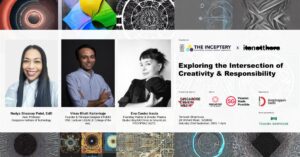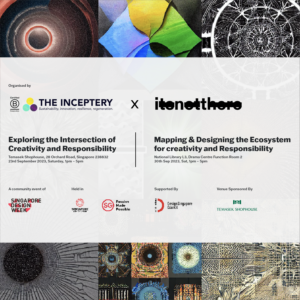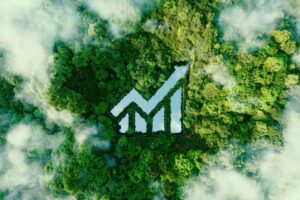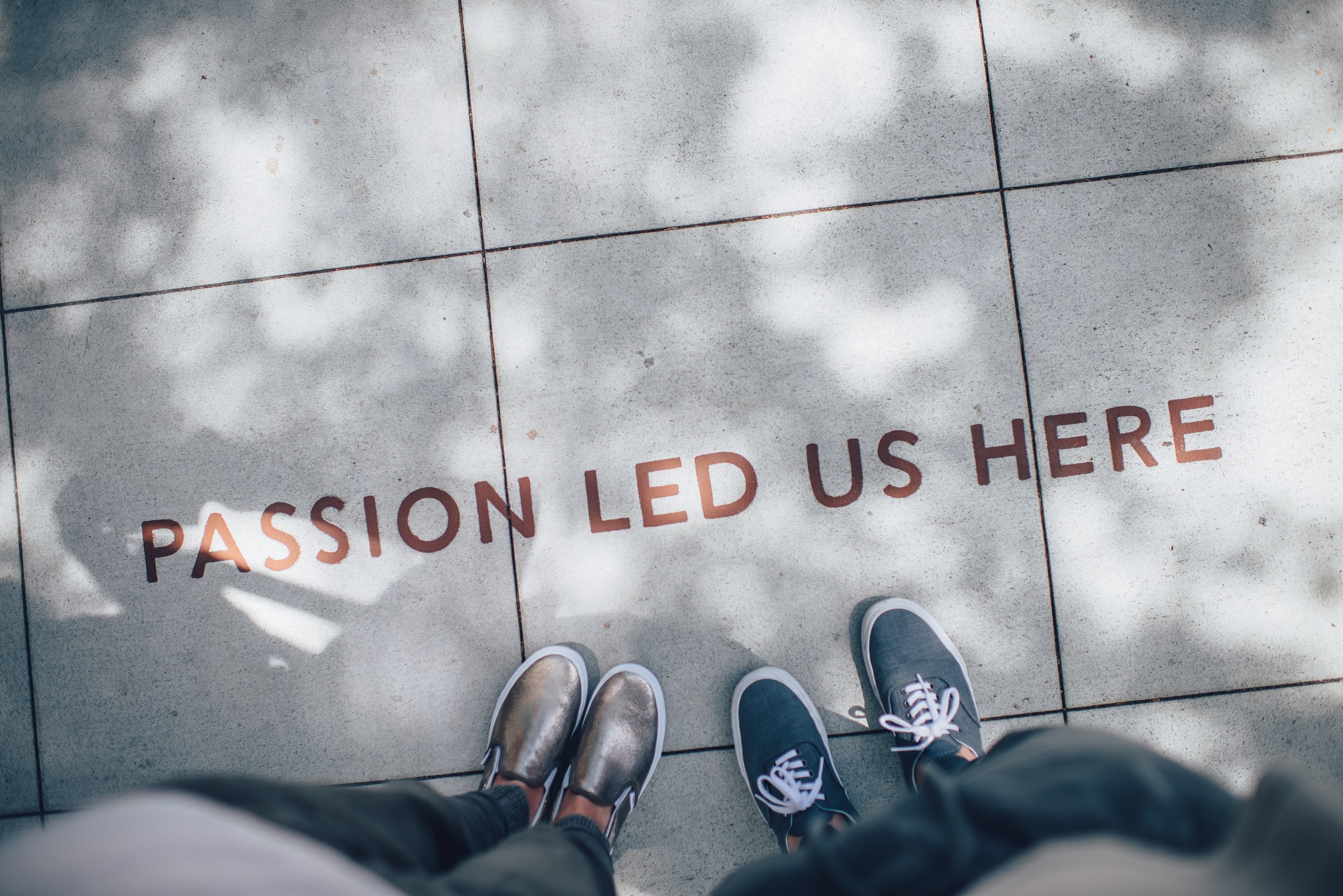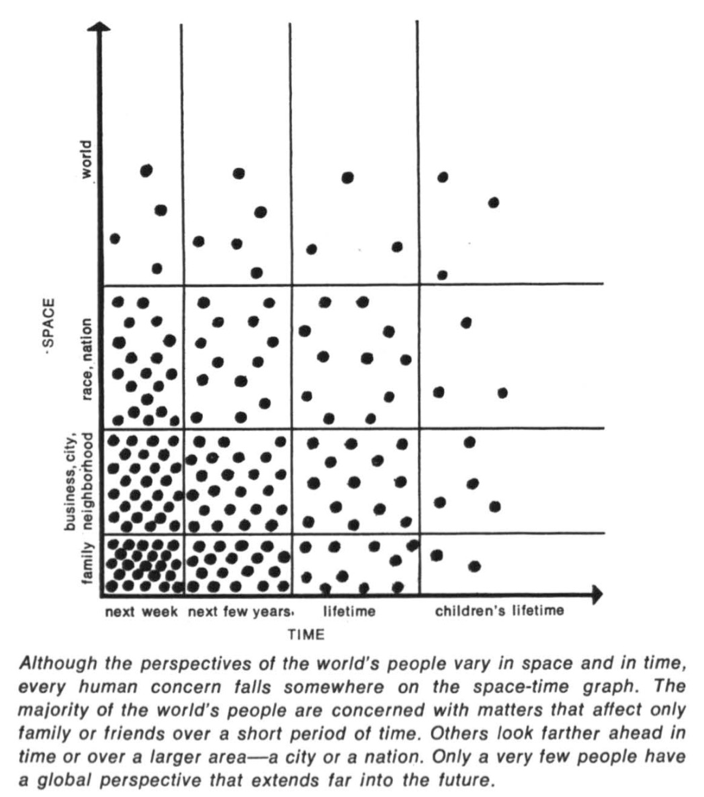Some of the world’s largest businesses have adopted the UN SDGs into the core of their purpose. A shared and common set of global goals for organizations – both big and small to consider when thinking about how and why they exist as value creators and providers. The article explains how, and why some of them have embedded these into their business strategy.
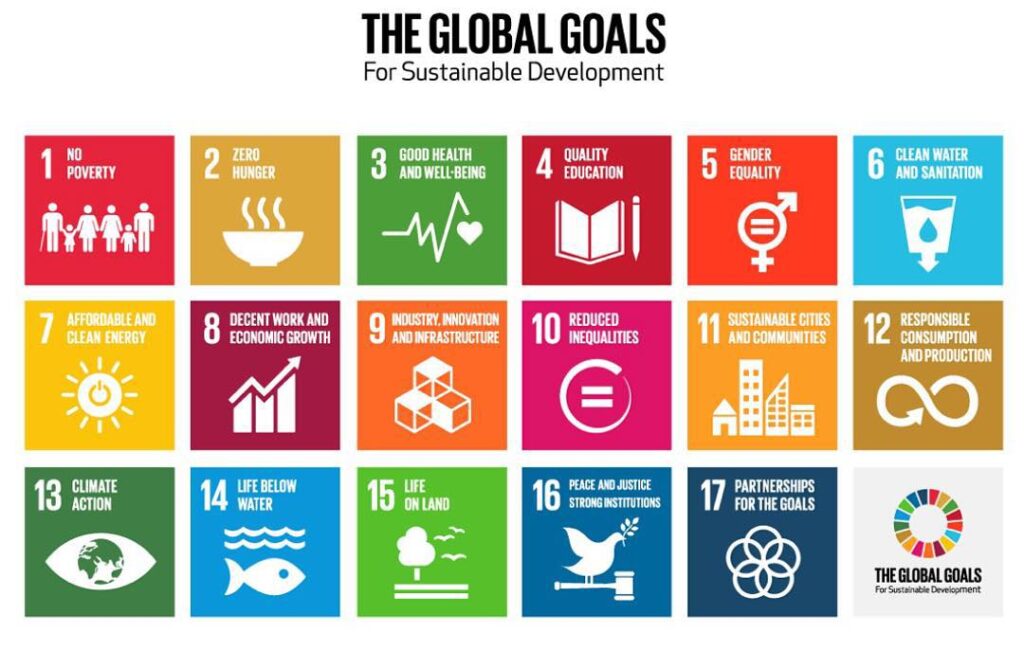
The SGDs provide businesses with a unified framework to align their strategies with sustainable development, through increased focus on social and environmental performance and impact, while generating economic benefits.
On 25th September 2015, the Sustainable Development Goals (SDGs), also known as the Global Goals, were announced at the United Nations (UN) Sustainable Development Summit in New York. The SDGs framework came into practice in January 2016. It includes 17 goals with 169 targets to address unsustainability by 2030. 193 member states of the UN agreed on the goals. The development process of the goals is considered to be the most inclusive process in the history of the UN. The Guardian noted that it is the ‘largest consultation program in its history to gauge opinion on what the SDGs should include’.
At the Rio+20 Conference in 2012, which was the 20th anniversary of the 1992 Earth Summit, a 30-member Open Working Group was created for in-depth development of the millennium development goals (MDGs), through multiple stakeholder engagement. The Group is said ‘to have met over 13 sessions between March 2013 and July 2014 to draft the 17 Goals and 169 Targets’. The 17 goals framework is part of the 2030 Agenda for Sustainable Development and replaces the MDGs. The latter was effective from 2000 to 2015. The MDGs focused more on developing countries, whereas the SDGs were developed based on a global perspective. The 2030 Development Agenda is the result of several years of UN’s work on sustainable development.
The SDGs are achieved through collaboration, consensus, and a common work plan on addressing climate change, using resources, managing waste, peak oil, rising social tensions, increasing inequality, and persistent poverty and health concerns. The goals bring together an eclectic set of stakeholder groups ‘nations, companies, governments, non-profits, NGOs, trade organizations, media, and universities. They provide a platform for sharing and working collectively on ideas, goals, tools, policies, and best practices.
The existing process on financing for the development emerged from the 1st and 2nd conferences at Monterrey Consensus (2002) and Doha Declaration (2008), respectively. The 3rd International Conference in Addis Ababa (2012) resulted in the adoption of the Addis Ababa Action (AAA) Agenda. The AAA Agenda is the key means of implementation (MOI) for financing and achieving the SDGs’. It will receive financing through improved tax systems and ‘domestic resource mobilization’, increasing aid to least developed countries, encouraging the private sector to partner and contribute, and investments in ‘science, technology, innovation, capacity building and data’.
Involvement of businesses
Businesses were instrumental in the development of the 17 goals. The achievement of the 2030 Development Agenda requires businesses to fully commit to meeting the goals. Businesses will be at the forefront of decisions, implementation, and negotiation related to the SDGs at both UN and national levels given their unprecedented participation in implementing and financing the 2030 Development Agenda. As both producers and consumers of products and services, businesses directly and significantly impact resource use, the environment, and, economic and social development. Although Goals 8, 9, and 12 have a specific business focus, the private sector is seen to be a key contributor to all goals given the explicit recognition of its role in shaping a sustainable economy and future.
Companies at various stages of understanding and embedding sustainability might not always be fully aware of their value outcomes or that rethinking negative value could lead to business opportunities. As such, the SGDs provide businesses with a framework that supports them to focus on key social, environmental, and economic issues. The SDG compass (below), in particular, is a guideline for businesses to ‘align, measure and manage’ their strategies, operations, and initiatives toward Global Goals. It includes an ‘inventory of business tools’ that will assist businesses in managing and measuring their performance towards achieving the SDGs.
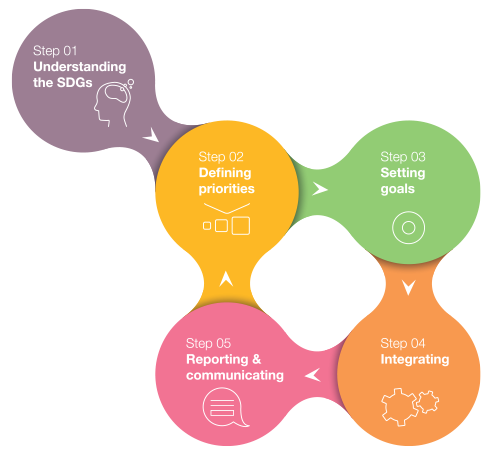
(Source: http://sdgcompass.org/wp content/uploads/2015/12/019104_SDG_Compass_Guide_2015.pdf)
The benefits for businesses from adopting the SDGs framework include creating new business opportunities, generating a business case for sustainability, improving stakeholder relationships, engaging in global and industrial policy developments, ‘stabilizing societies and markets’ and having a shared purpose. To reap these benefits businesses will require systems-based solutions, which imply innovating the business model and value created by a company for the environment, society and economy through a comprehensive consideration of a broader network of stakeholders across the industrial system.
There is an increase in unconventional partnerships that involve businesses of various scales and sizes working with government and, non-profit and non-governmental organizations to address the SDGs. DuPont to address ending hunger (Goal 2) through food security, partnered with the Government of Ethiopia and the U.S. Agency for International Development (USAID) to ‘improve maize productivity and raise income through agronomic training, improved inputs, and greater access to credit, markets and grain storage’.
Novozymes is fostering multilateral partnerships with its ‘Partnering for Impact strategy’ (Goal 17). It established the ‘Sustainable Bioenergy High Impact Opportunity (HIO) for sustainable bioenergy solutions with its partners. It is using SDGs for business innovation. Claus Stig Pedersen, Head of Corporate Sustainability at Novozymes noted ‘Some of the world’s most pressing problems’ climate change, dwindling natural resources, rising population’ are also some of our biggest future business opportunities’.
Google is helping to achieve the ‘increase economic productivity’ target of Goal 8, by aiming to assist ’20 million Indian small and medium-sized enterprises to go online by 2017′ with the ‘Google My Business’ app. The app will help SMEs to ‘create and manage their content for free on Google products in both Hindi and English’, which will help to improve revenue generation. Other examples of businesses working on the 17 goals include P&G, The Walt Disney Company, Walmart, Chevron, Mastercard, Ericsson, Microsoft, and IBM, amongst others.
Helen Clark, Administrator of the United Nations Development Programme, said ‘If the global community collectively is prepared to step up to the challenge of achieving the Sustainable Development Goals, then there’s a chance of achieving sustainable development’ and with it better prospects for people and our planet’.


